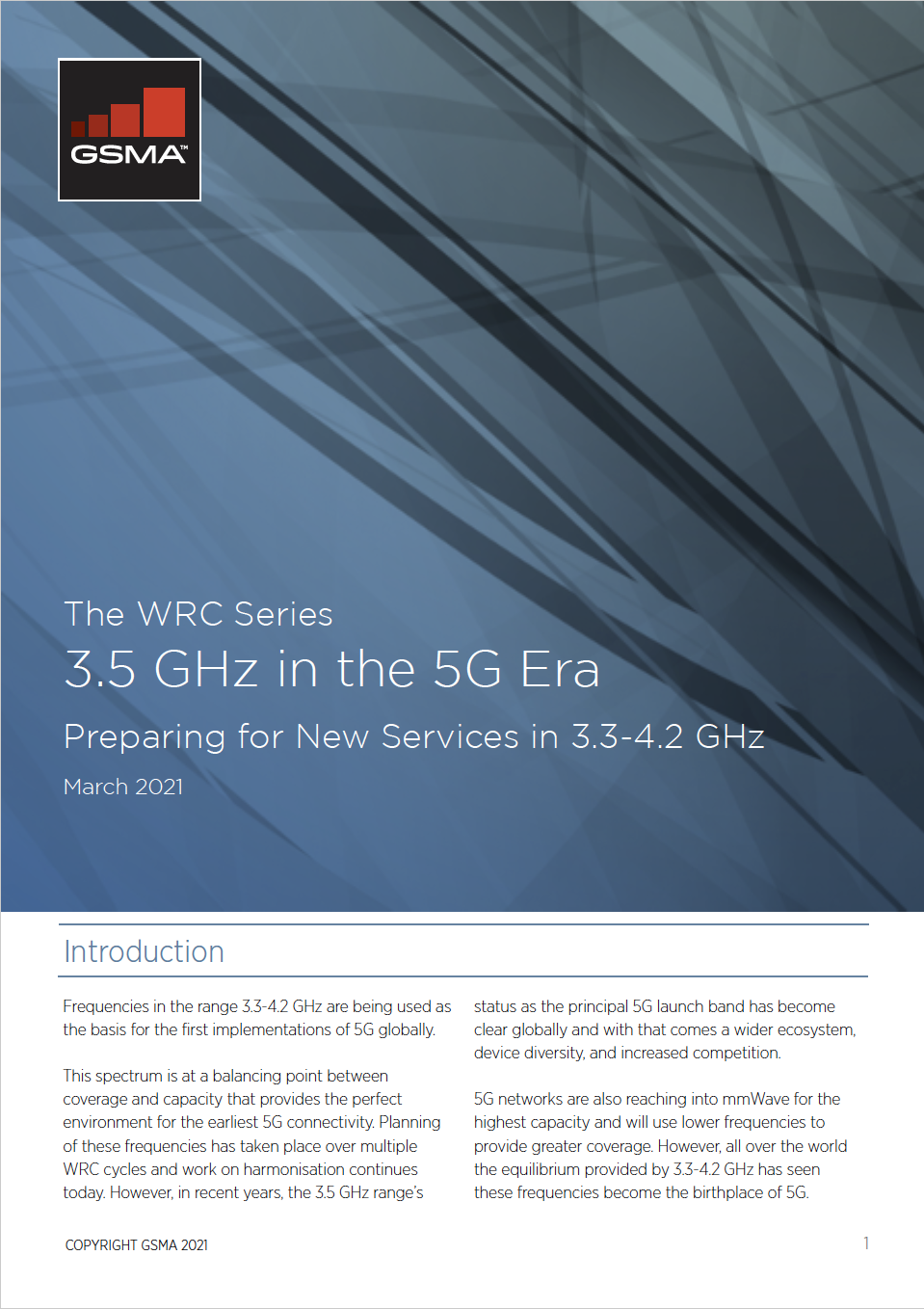
The outcomes from WRC-23 have set the stage for the mobile sector’s continued evolution. Governments have come together, reaching pivotal agreements on spectrum allocations that will shape the future of connectivity. The conference also defined the agenda for WRC-27, including the consideration of spectrum bands supporting future networks.
WRC-23 main results at a glance
1. New spectrum horizons
WRC-23 agreed on the allocation of new mobile low-band spectrum (below 1 GHz) and mid-band spectrum in the 3.5 GHz and 6 GHz ranges. This capacity can be used for continued innovation in the mobile sector and will be crucial to realising the digital ambitions of policy makers all over the world.
2. Final harmonisation of the 3.5 GHz band
The 3.5 GHz band (3.3-3.8 GHz), recognised as the pioneer 5G band, has achieved final harmonisation across EMEA. This achievement marks a significant milestone in the advancement of 5G technology.
3. 6 GHz band: The harmonised home for 5G-Advanced and beyond
The 6 GHz band (6.425-7.125 GHz) has been identified for mobile use in every ITU region – EMEA, the Americas, and APAC. Countries representing over 60% of the world’s population have actively sought inclusion in the identification of this band for licensed mobile. Technical conditions for 6 GHz spectrum are now globally harmonised, laying the foundation for expanding mobile capacity, especially for 5G-Advanced and beyond.
4. Low-band spectrum: Paving the way for digital equality
WRC-23 has paved a path towards greater digital equality by defining mobile use of more low-band spectrum in the 470-694 MHz band in EMEA. Low bands play a crucial role in expanding capacity for internet connectivity, particularly benefiting rural communities with signals reaching over wide areas.
5. The road to WRC-27
The 2023 conference also defined the agenda for WRC-27, including the consideration of spectrum bands supporting future networks. The new WRC cycle will focus on the following bands for IMT: 4 400-4 800 MHz, 7 125-8 400 MHz, and 14.8-15.35 GHz. These bands will be crucial for enabling the new generation of mobile connectivity in the 2030s. Learn more about WRC-27 here.
Download GSMA resources in support of the WRC process below.

WRC-23 results
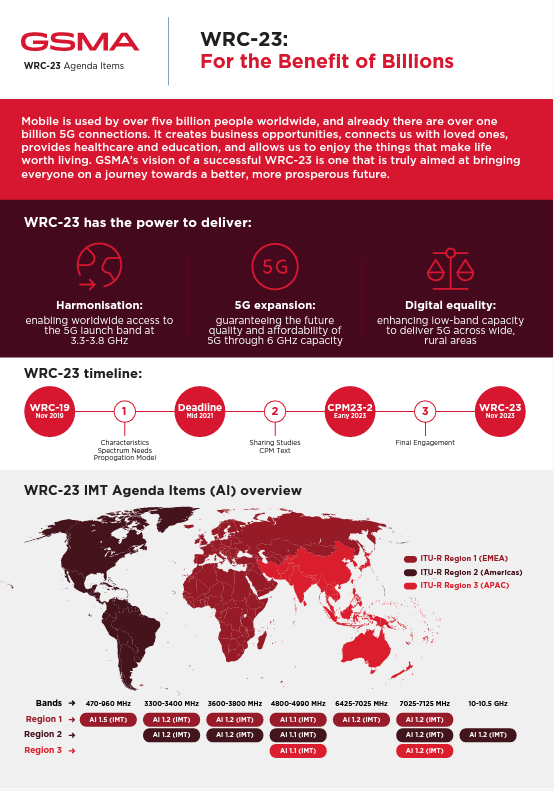
WRC-23 Agenda Items
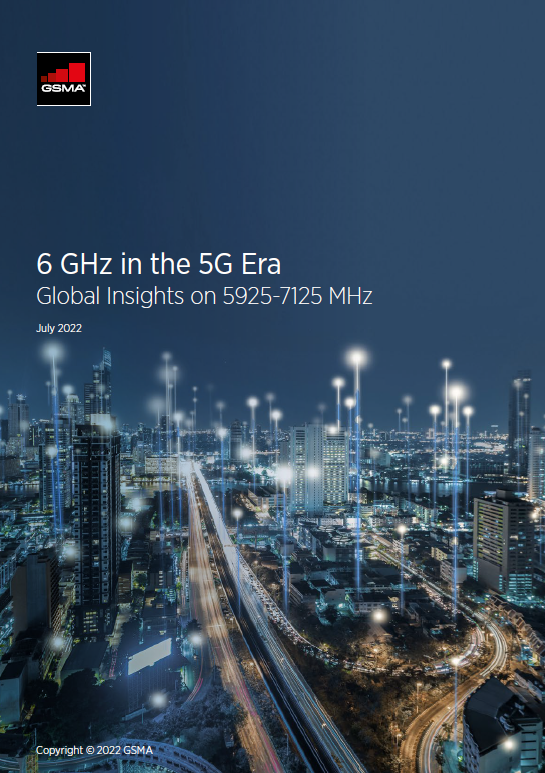
6 GHz and the future of 5G

Regional group insights

Regional group insights
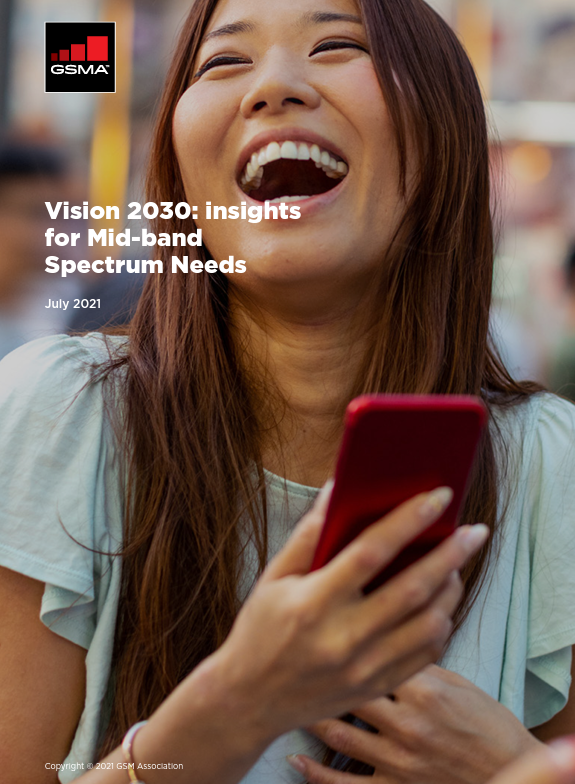
Mid-band spectrum needs
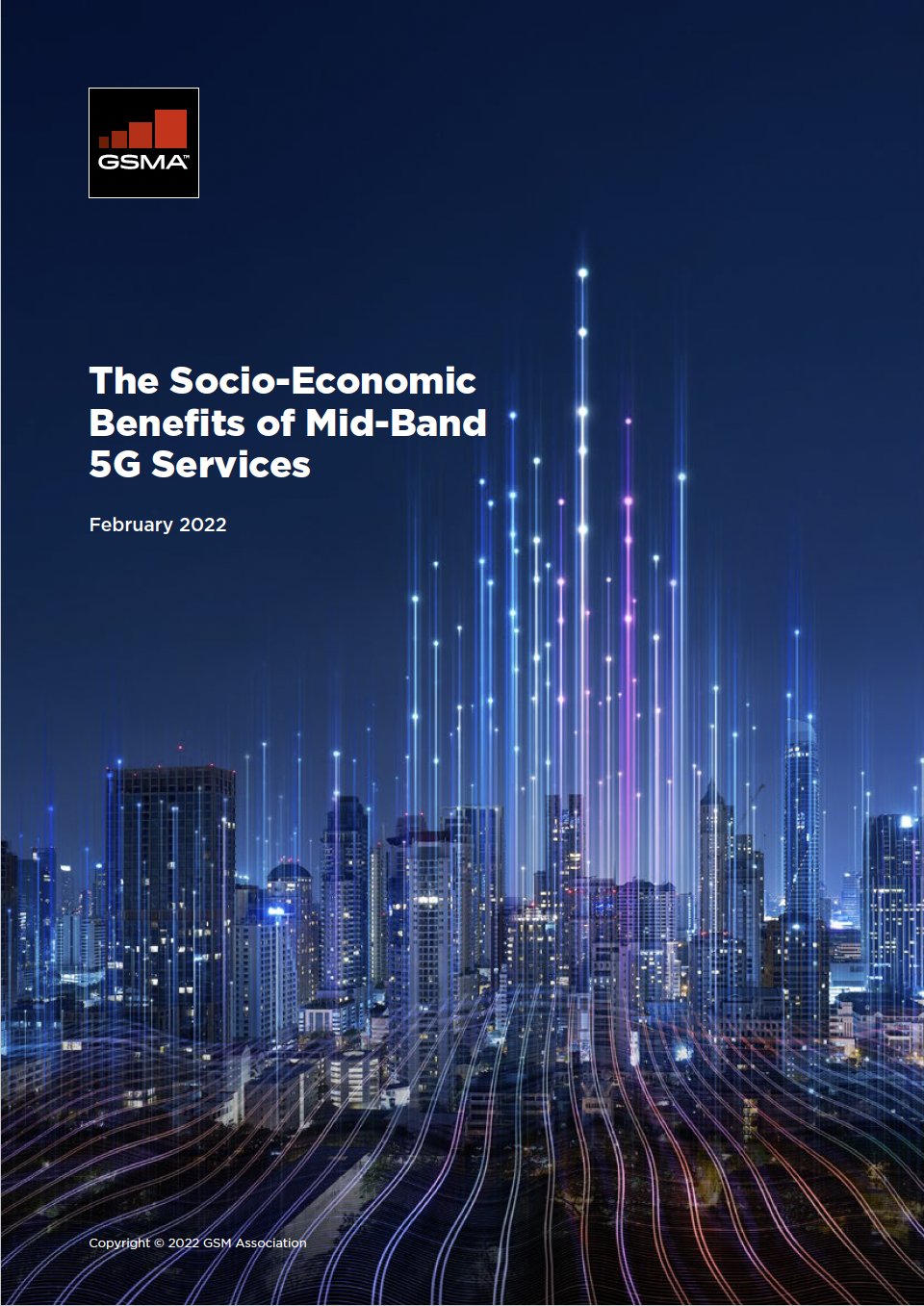
Socio-economic benefits of mid-band 5G spectrum
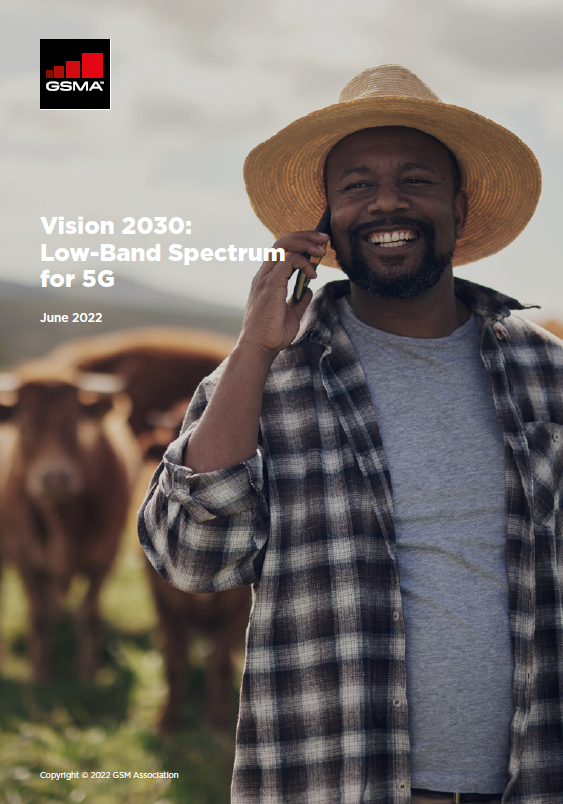
Low-band spectrum needs
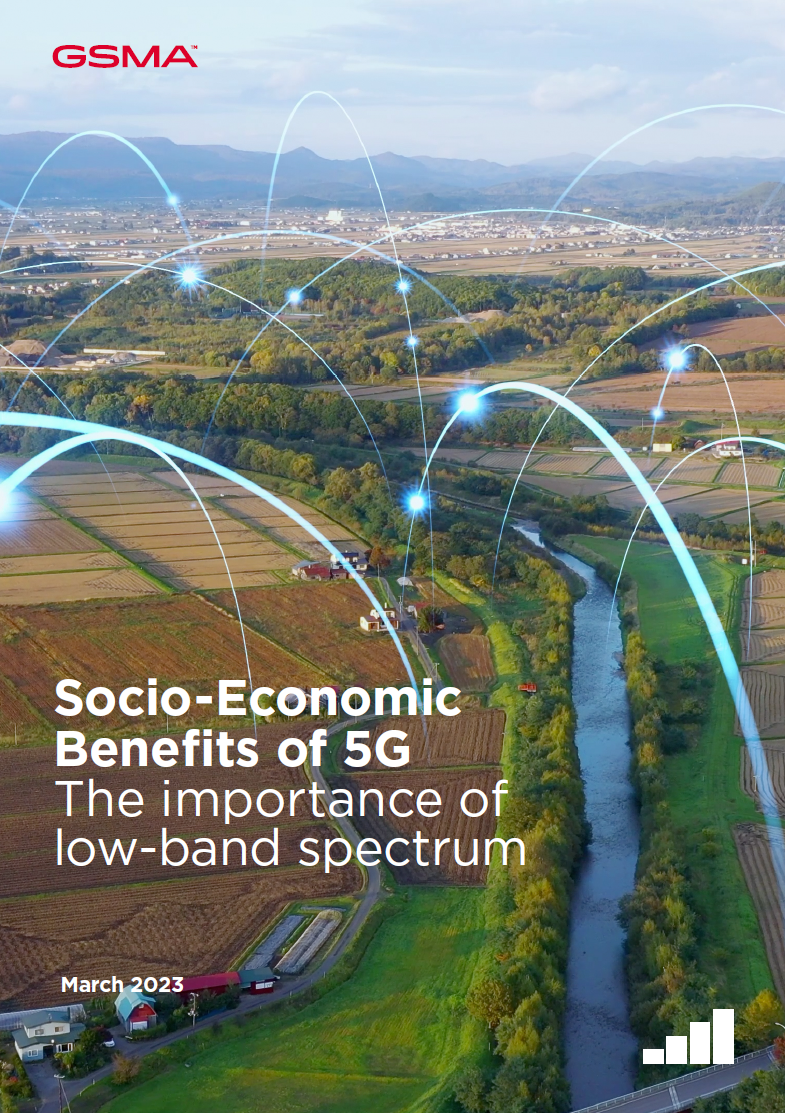
Socio-economic benefits of low-band 5G spectrum
